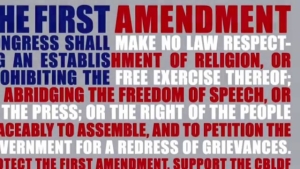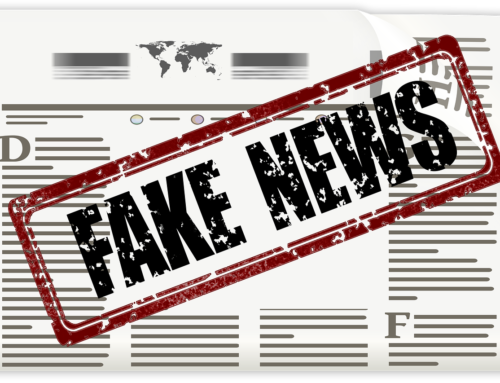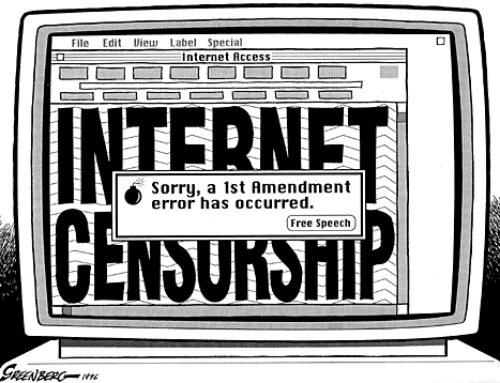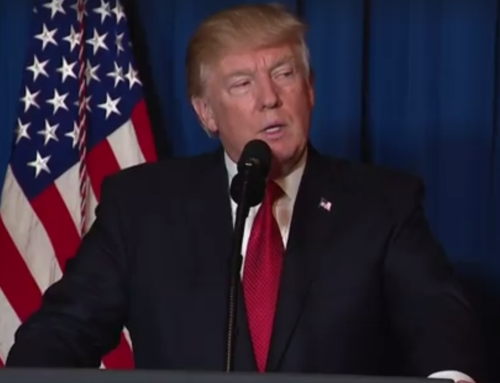“Congress shall make no law…abridging the freedom of speech, or of the press.”
– First Amendment to the United States Constitution
As disparate as our nation’s politics, lifestyles, races, genders, or economic opinions may be we agree on one thing. Freedom of speech and of the press are critical. The ability to express ideas unrestrained is part of our national identity. As such, the Constitution specifically forbids the passage of any laws which erode these rights.
Our nation’s earliest communicators understood the power of the press. Isaiah Thomas, “The Patriot Printer,” wielded the pen in lieu of the sword. The pamphlets he published educated the emerging nation about the tenets of freedom, and united men in the common cause of British separation.
But the First Amendment is complicated. The end of The Revolutionary War was only the beginning of our country’s conflicted relationship with freedom. The Founding Fathers learned the hard way that articulating what free speech actually means is as important as protecting it. While drafting the Constitution, they took for granted that “freedom” was part of the young nation’s vocabulary, so they failed to define the term. This created problems during the ratification process. Alexander Hamilton asked voting states, “to decide the important question, whether societies of men are really capable or not of establishing good government from reflection or choice, or whether they are forever destined to depend for their political constitutions on accident and force.”
The Bill of Rights offers hope that “societies of men” are capable of choosing good government. Although the Federalist Papers argued against the inclusion of the Bill, the demand to specify protection for our newly understood liberties was heard. For centuries we’ve broadly understood the First Amendment. But in 2016, our challenge is to adapt this understanding to the nation’s modern demographics. In 1776 “freedom for all” meant all white, European, Christian males. The American voices in today’s “societies of men” now include women as well as all races, religions, and nationalities. Within this messy process, the press has the obligation to evaluate our governance while respecting the idea of freedom for all.
Technological advances have expanded our communications reach. We read newspapers on our phones. YouTube, Twitter, Instagram, and Facebook give us instant, real-time information (as well as unfortunately, misinformation). The amount of content available can feel overwhelming but these new platforms have expanded opportunities to learn, advocate – and expose. The speed and connectivity of the Internet age has made it harder for governments to hide, but how does this guarantee journalistic protection? How does hate speech and inflammatory rhetoric fit within the First Amendment framework? How do we grapple with the equal rights of Internet trolls to condemn our work from behind a monitor? Are there limits to free speech, or are potential limits necessarily censorship?
With its 131 year-history of advocating and providing society for all communicators, First Amendment engagement is part of IWPA’s legacy as well as its future. This blog, as well as scheduled events and Round Table Forums, allow our members to share their experiences in the quest to balance professional responsibility with expression.
In order to interpret and clarify our mission as communicators, it is important to listen to, and learn from, diverse viewpoints. IWPA asks all members to be part of the discussion. Email IWPA1885@gmail.com to share your idea or story for a future FAN-Fair blog post. And keep your eye on our event calendar for future opportunities to continue the live conversation.







Leave A Comment